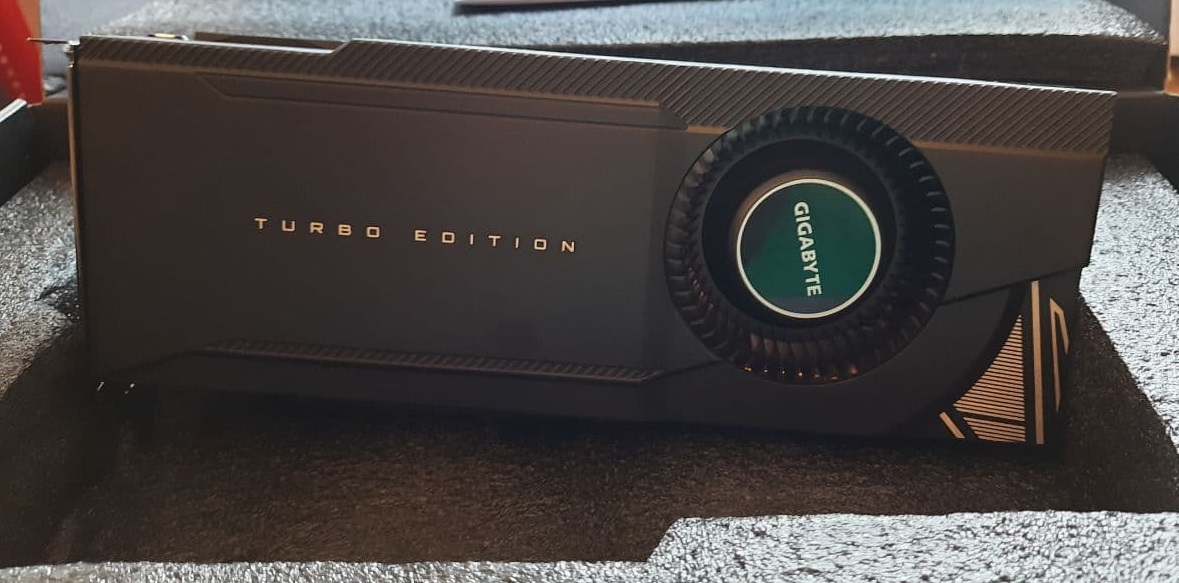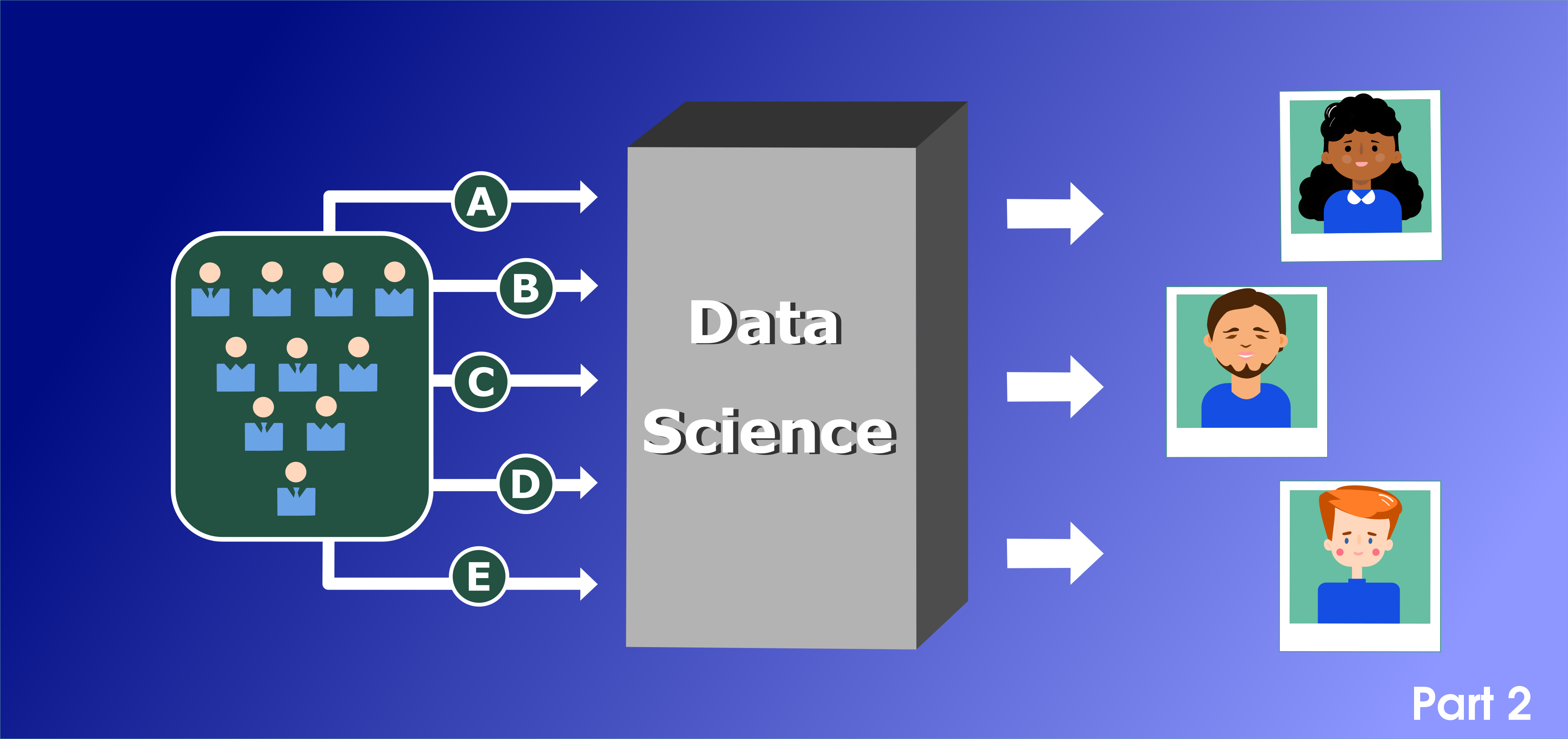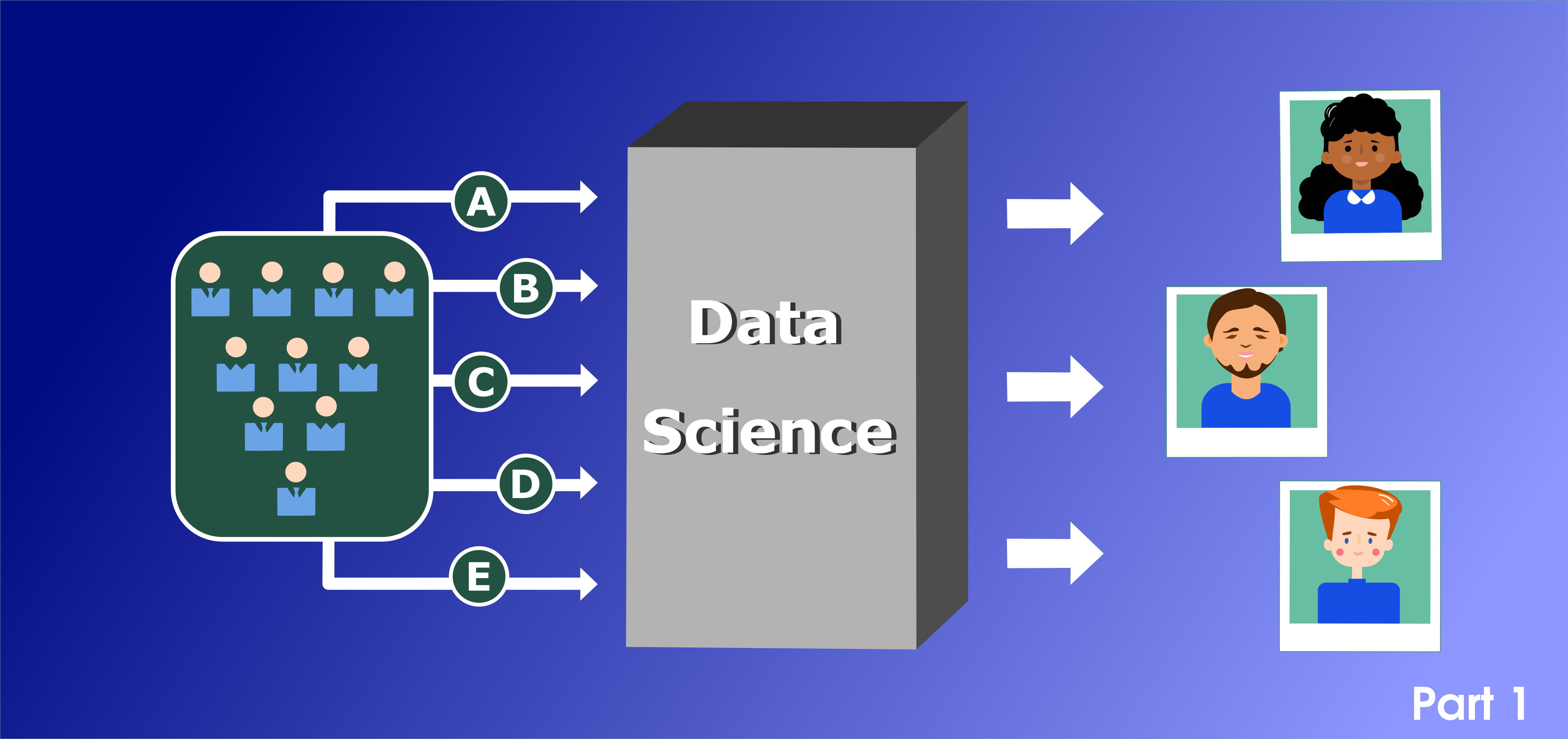
Every time when the essential question arises, whether to upgrade the cards in the server room or not, I look through similar articles and watch such videos.
Channel with the aforementioned video is very underestimated, but the author does not deal with ML. In general, when analyzing comparisons of accelerators for ML, several things usually catch your eye:
- The authors usually take into account only the "adequacy" for the market of new cards in the United States;
- The ratings are far from the people and are made on very standard networks (which is probably good overall) without details;
- The popular mantra to train more and more gigantic models makes its own adjustments to the comparison;
The answer to the question "which card is better?" is not rocket science: Cards of the 20* series didn't get much popularity, while the 1080 Ti from Avito (Russian craigslist) still are very attractive (and, oddly enough, don't get cheaper, probably for this reason).
All this is fine and dandy and the standard benchmarks are unlikely to lie too much, but recently I learned about the existence of Multi-Instance-GPU technology for A100 video cards and native support for TF32 for Ampere devices and I got the idea to share my experience of the real testing cards on the Ampere architecture (3090 and A100). In this short note, I will try to answer the questions:
- Is the upgrade to Ampere worth it? (spoiler for the impatient — yes);
- Are the A100 worth the money (spoiler — in general — no);
- Are there any cases when the A100 is still interesting (spoiler — yes);
- Is MIG technology useful (spoiler — yes, but for inference and for very specific cases for training);




